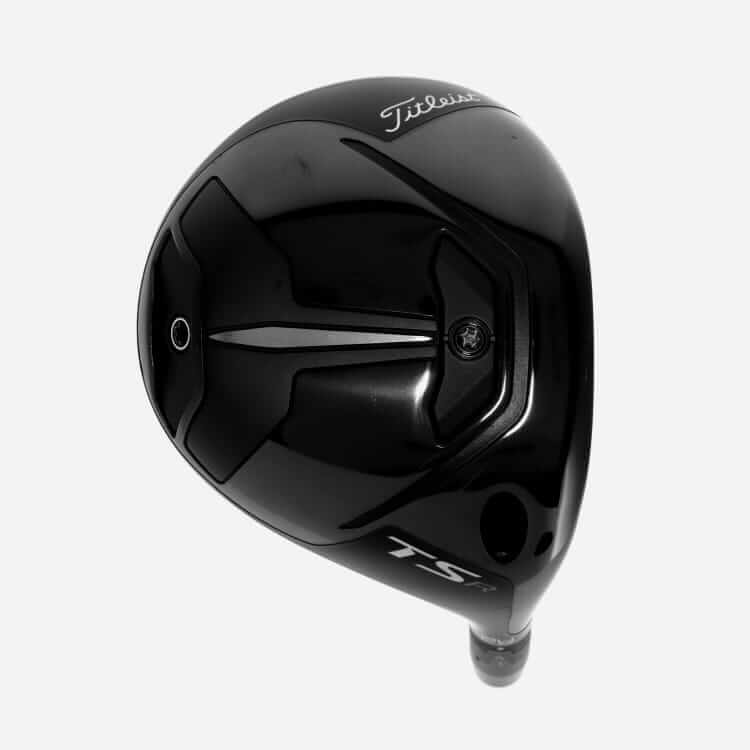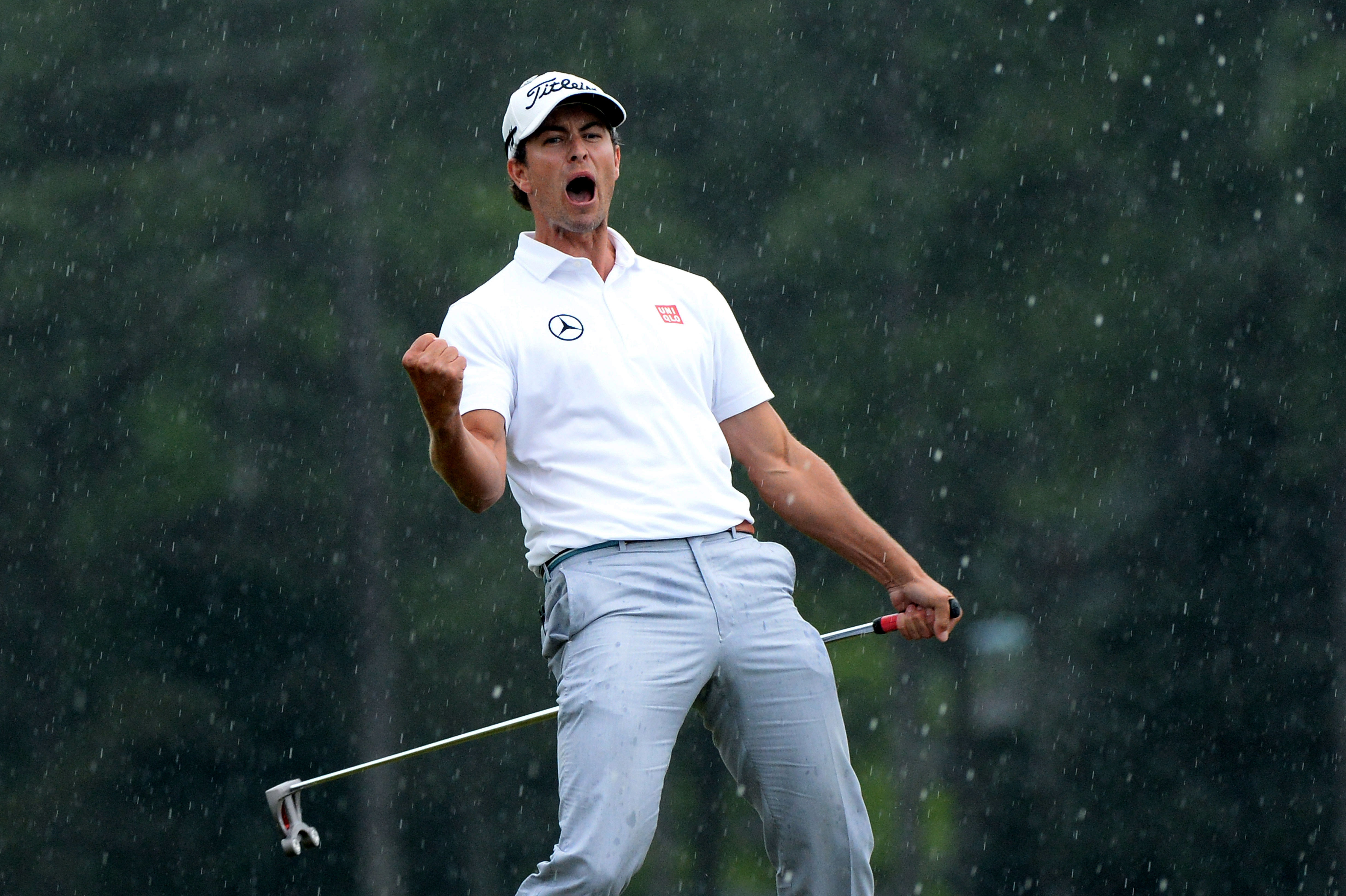Golf Instruction
Impact: Get Those Hands Ahead of the Clubhead!
Struggling To Hit Crisp Full Iron/Wedge Shots? Contact the ball with forward hands.
There are a multitude of different swings employed by the world’s best players.
Dustin Johnson’s move is characterized by a massive hip/shoulder turn coupled with a long backswing and looks nothing like the short, abbreviated swing used by Tony Finau. Jim Furyk’s unmistakably loopy swing hits about a dozen different planes when he brings the club back, while Bryson Dechambeau’s unique motion rests its laurels on hitting precisely one plane.
With that being said, all four of these world-class players know what it means to get their hands in front of the ball at impact. At the point of attack, the best players in the world all get their hands in this slightly forward position in relation to the target in order to ensure a solid strike.
You won’t find a single one of these players with their hands behind the ball in relation to the target at impact. In order to consistently achieve this proper impact position, one must successfully transfer their weight into their lead foot/side on the downswing. When MLB pitchers throw the baseball in the direction of home plate, their lead foot/leg returns to the ground just prior to the arm/hand’s release of the baseball.
A golfer’s backswing is strikingly similar to a pitcher’s high leg kick in that both motions utilize a pronounced weight transfer in order to increase the potential for more speed to occur at impact and the ball’s release, respectively.
In golf, clubhead speed equates to more distance, while in baseball, more arm-speed equates to a harder throw. Whether you’re hitting a drive, hitting a serve, or throwing a baseball, sending a ball in a specific direction with more speed/velocity is optimally achieved thru a transfer of energy both away from and back towards each’s intended target.
In lament’s terms, you’re not going to be able to hit the golf ball in an optimal fashion from both a contact and clubhead speed perspective without getting your weight into your lead foot at or prior to the moment of impact.
John Daly practices getting his hands in front of the ball at impact using the lead hand drill (left hand only). If you can make consistently solid contact hitting the ball merely 10-20 yards with just your non-dominant lead hand on the club, I can assure you that more weight is in your lead foot at impact.
If you struggle to finish on balance, as evidenced by a back-foot finish, go to the range and try the lead hand drill. When applicable, I use this drill with my students as a means of instilling a more favorable impact position when they do eventually gravitate back to hitting balls with both hands on the club. In the beginning, players whiff about 50 percent of the time performing this challenging drill.
In fact, I’d say almost all of my students either whiff or hit a dribbler that resembles more of a putt than any useful or well-played shot on each’s first couple of attempts. Stay patient performing this drill and focus on how your body moves rather than how the clubhead does during your one-handed swings.
Most students tend to throw the clubhead at the ball while keeping too much weight on the trail side on the downswing and thru impact (if impact even occurs!). Out of fear of hitting the ground in many instances, students too often try to pick or scoop the ball off the top of the turf during this drill.
When they do, their lead hand fails to get ahead of their clubhead/ball at impact. As we’ve discussed, not getting our hands closer to the target than our clubhead/ball at impact is an easy way to hit consistently bad golf shots.
Along with the lead hand drill, try hitting chips/pitches with your hands set well behind the golf ball in relation to your target at the address position. Often, I’ll see players trying to achieve a proper impact position by utilizing a pronounced forward press at the setup position. Believe it or not, the further forward we set our hands at address, the more inclined we are to flip our hands at impact.
When we flip our hands, we aren’t getting our hands in an optimal position at impact, as evidenced by a lack of both shaft lean and forward-hand position at the same instant. Proportionately, the further back we set our hands at address, the more inclined we are to return the club head to the back of the ball in a fashion that demonstrates a more optimal/forward hands position at impact.
If you’re routinely struggling with center-face contact on your iron shots/pitches/chips, be sure to check the scene of the crime. The “scene of the crime” is a term commonly used to describe the uniquely unsatisfying traits of one’s divot.
For example, a nice divot often looks like a dollar bill that’s also pointed in the direction of one’s intended target. In approximate terms, an ideal divot taken out of the ground’s surface should mimic the measurement of the width of your club face/club head, point in the direction of your intended target/start-line, and be proportionality shallow/deep with respect to your intended ball-flight.
On full swings, your wedges should create deeper divots than your short/mid irons, and your long irons should have shallower divots than the shorter irons/wedges. Keep in mind that the grass or grounds surface is never perfectly consistent or uniform and therefore presents challenges when one utilizes their divot as a means of dissecting potential swing implications.
In simpler terms, every great iron/wedge shot won’t leave behind that satisfying slab of turf that will often resemble a rectangle.
Also, while you do want to get your hands ahead of the ball in relation to the target at impact, over-doing it can promote de-lofting the clubhead at impact. Consequently, you may struggle controlling the distance with your approach shots into the green.
Like anything in this game, striking a happy medium that works for you is ideal. As a reminder, I have offered up the information above for the purpose of helping players get their hands further forward of the golf ball with respect to the target.
If your hands are already in that position, great! If your hands are in that same position and you’re still routinely struggling to make solid, consistent contact, it’s time to re-evaluate how to you “find the bottom” of your golf swing.
Stay tuned for further insights!
Cover Image via Twitter
-

 News23 hours ago
News23 hours agoPolice release Scottie Scheffler’s Mugshot
-

 News4 days ago
News4 days agoRory McIlroy Files for Divorce from Erica Stoll
-

 News24 hours ago
News24 hours agoScottie Scheffler DETAINED by Police Outside of PGA Championship
-

 News22 hours ago
News22 hours agoHow Scottie Scheffler Can Miss His Tee Time and Still Play the PGA Championship
-

 News1 week ago
News1 week agoLIV Golf Has Tiger Woods and Rory McIlroy’s Relationship on Thin Ice
-

 Equipment1 week ago
Equipment1 week agoTitleist Hops On ‘Mini-Driver’ Hype with CRAZY TSR 2-Wood
-

 Fantasy Golf Predictions5 days ago
Fantasy Golf Predictions5 days agoFantasy Golf Picks, Odds, and Predictions – 2024 PGA Championship
-

 News4 days ago
News4 days agoAdam Scott Drops BOMBSHELL Regarding PGA Tour Board, Rory McIlroy Drama









